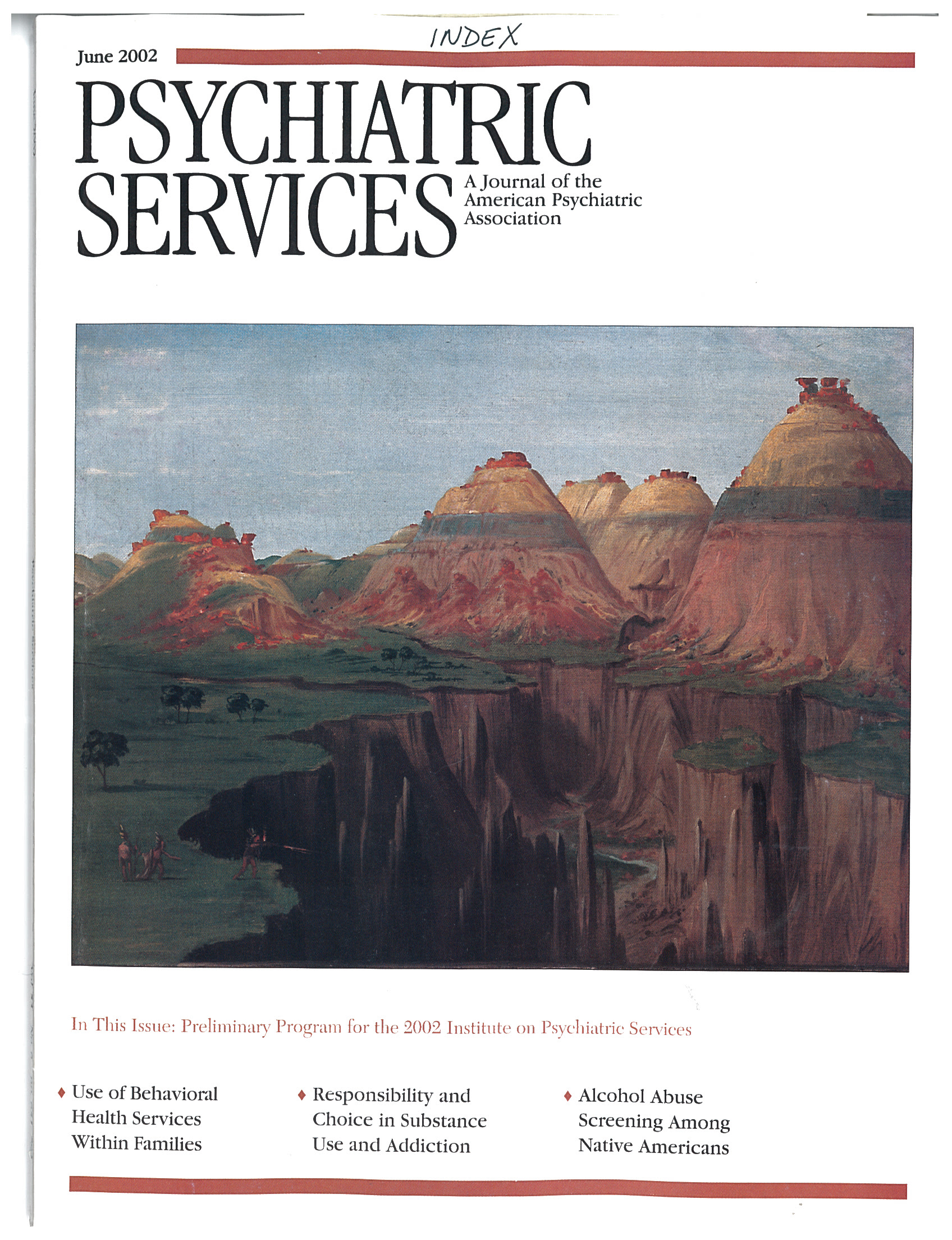Putting together this encyclopedic handbook was a mammoth undertaking, even for an author as distinguished as Wen-Shing Tseng, M.D., professor of psychiatry at the University of Hawaii, who has devoted his career to thinking, researching, writing about, and teaching subjects in cultural psychiatry. Professor Tseng, with the assistance of a cadre of consultants from around the world, set out to produce a volume on cultural psychiatry that would present the materials systematically, comprehensively, and in an integrated manner. Judging from the organization and content of the book, I believe he has succeeded in his objective.
The Handbook of Culture and Society is organized into eight major themes clustered in sections: culture and human behavior, culture and mental health, culture and psychopathology, culture and clinical practice, culture and psychological therapy, culture and therapy with special subpopulations, social phenomena and therapeutic considerations, and, finally, research, theory, and training. An appendix provides a useful, up-to-date list of references organized by topic.
This book is interesting from several perspectives. First, rather than soliciting chapters from multiple contributors, the author did all the writing himself. The result is a broad, well-organized, and synthesized book that reads well and is easy to follow. The inclusion of numerous photographs enlivens the text and accentuates key points. Where else could you find, for example, a picture of a female patient suffering from woro, a genital-retraction anxiety disorder, with friends trying to hold onto her nipples to allay her fear that they will shrink into her body, resulting in death?
Second, many subjects are included in this book that are not found in most textbooks on cultural psychiatry—normative human behavior, child development, and migration, among others. These various topics serve as a backdrop to understanding psychopathology and therapeutic practices across cultures. Novice students of cultural psychiatry as well as clinicians will find this material helpful.
Third, the scope of the subjects the book covers is global. Professor Tseng extends the vista of cultural psychiatry to its natural bounds—his perspective is worldwide. For example, by discussing different ways in which culture influences the development, manifestation, and prevalence of psychiatric disorders across cultures, he adds a dimension of cultural aspects to psychopathology that is comprehensive and avoids ethnocentrism.
Fourth, the book includes categories of psychiatric phenomena worthy of psychiatric research and examination. For example, one chapter discusses epidemic mental disorders. Among the topics covered are koro epidemics in Singapore, Thailand, India, and South China reported in the past several decades; a nervous twitching epidemic in Baltimore, Maryland, in 1939; mass hysteria in an Arab culture in 1997; and endemic hysteria in Malaysia in 1963. Also discussed is the collective suicide that took place in Jonestown, Guyana, in 1978. It is useful to be reminded that psychiatric phenomena can assume epidemic proportions, just as smallpox, anthrax, and cholera can, particularly in times of social unrest and rapid sociocultural change. I particularly found the discussion of culture-bound syndromes provocative and first-rate.
This book should be a welcome addition to anyone's library as a basic textbook on culture, mental health, and mental disorders and as a reference text for cultural psychiatry.

